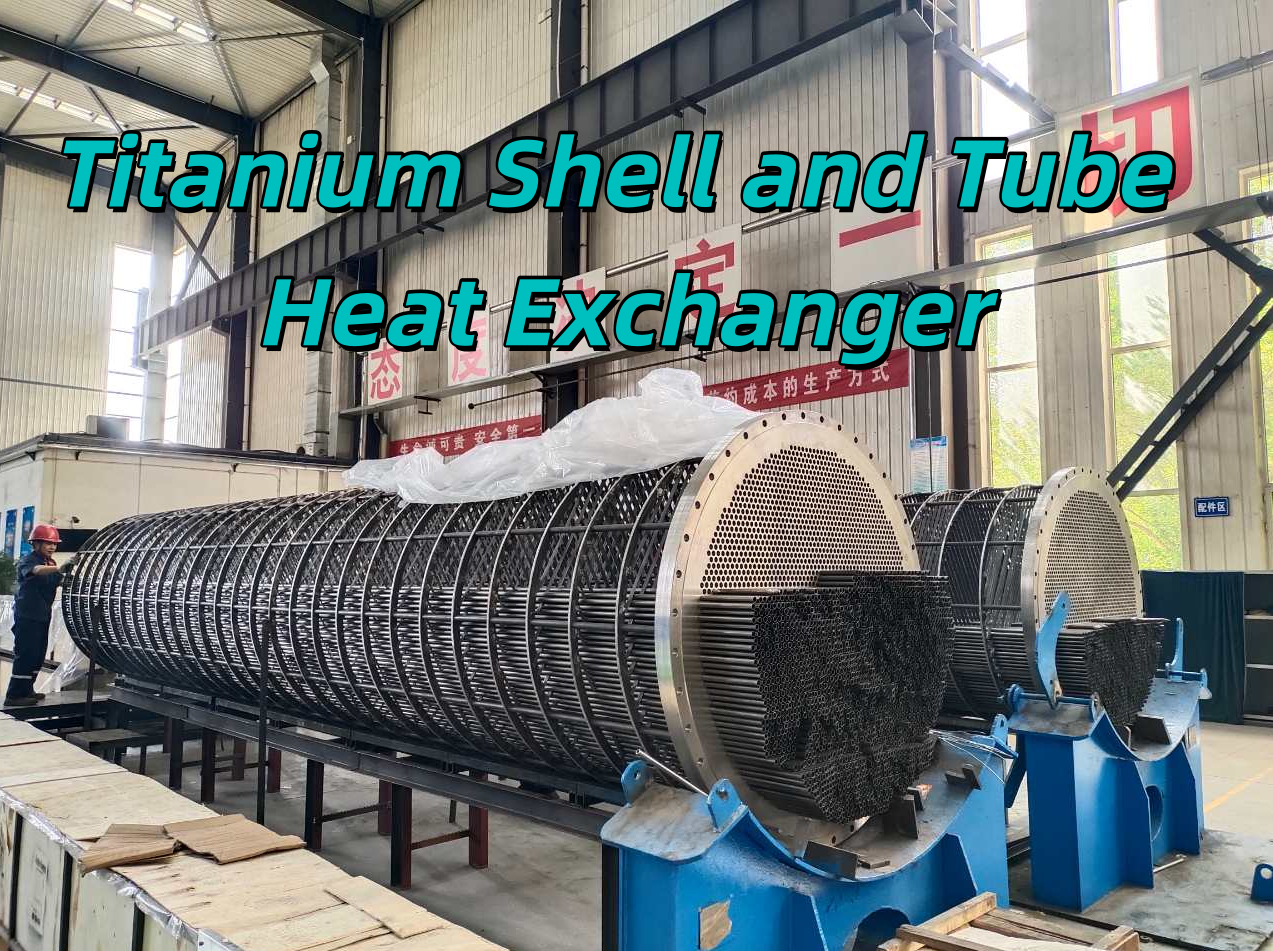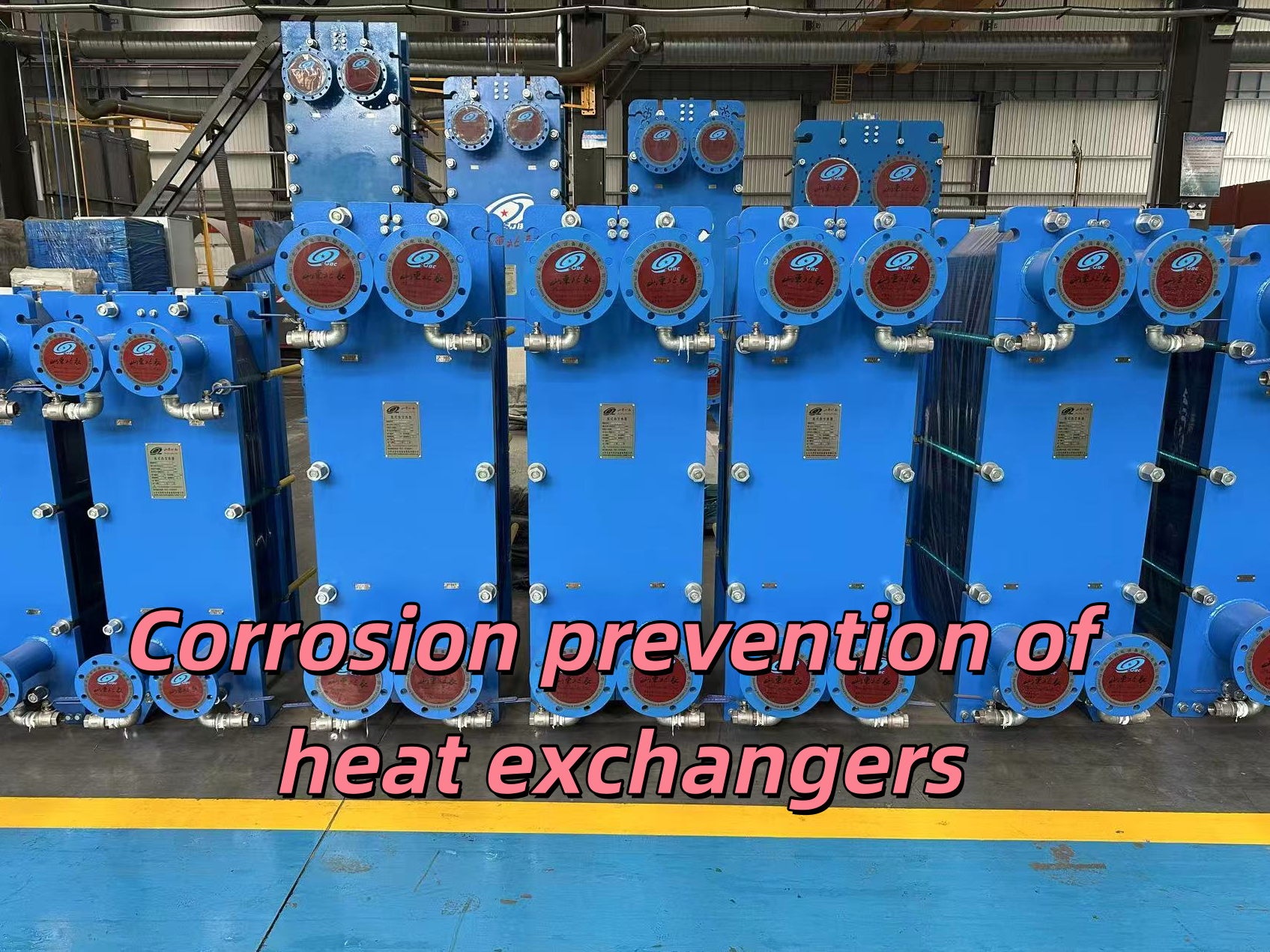The US Nuclear Energy Plan for Net Zero
Release time:
2025-01-06
Outline: In response to climate change, the United States has set a nuclear energy deployment target, planning to add 35 gigawatts of nuclear energy capacity by 2035, and 15 gigawatts per year from 2040, to help achieve net zero emissions by 2050. Studies have shown that nuclear power plants in the United States can be greatly expanded by building large light-water reactors and small modular reactors. Government, industry and electricity users will work together to expand nuclear capacity, utilise existing sites and infrastructure, speed up the permitting process and reduce construction costs. At the same time, the United States is working to restart decommissioned reactors, demonstrate new technologies, reduce development risks, bring multiple clean energy systems to market, and ensure that no community is left behind in the transition to a net-zero economy.
Text:
Setting Nuclear Deployment Targets
It’s no secret that nuclear power will need to play a role in helping us avoid the worst impacts of climate change and enhance the energy security of the United States, along with our allies and partners.
Nuclear energy is the nation’s largest source of clean power and avoids more than 470 million metric tons of carbon dioxide emissions each year, which is the equivalent of removing 100 million cars from the road.
The U.S. Department of Energy estimates we’ll need an additional 200 gigawatts (GW) of new nuclear capacity to keep pace with future power demands and reach net-zero emissions by 2050.
But how will we get there?
The United States just set new deployment targets at the U.N. climate summit (COP29) in Baku, Azerbaijan.
The plan is to add 35 GW of new capacity by 2035 and achieve a sustained pace of 15 GW per year by 2040 to help keep us on track toward our ultimate goal.
The new framework is the first of its kind for our nuclear sector and identifies more than 30 actions the U.S. government can take, along with industry and power customers, to help expand our domestic capacity.
The targets also align with last year’s historic pledges at COP to triple global nuclear capacity by 2050 and to secure a nuclear fuel supply chain that’s free from Russian influence.
The Path to Net-Zero
The timely expansion of our domestic nuclear capacity will require us to build new reactors at a pace that we haven’t seen since the 1970s — relying heavily on design standardization, new manufacturing techniques, and the lessons learned from past deployments.
Large-scale light-water reactors, like the AP1000 units recently built in Georgia, along with new small modular- and microreactor designs could all be built in the early 2030s to help meet the unique heat and power needs of different power customers and our military.
That means new infrastructure, supply chains, and fuel cycles will need to be established as utilities and power customers work together creatively to help share project risks.
Power uprates at existing facilities and retired reactor restarts will also need to be leveraged to bring additional capacity online — creating new employment opportunities for thousands of Americans across the country.
Building New Capacity
In order to meet these new deployment targets, we don't need to reinvent the wheel.
Preliminary research from our office shows that a majority of our nuclear power plants could host up to 60 GW of new capacity by building large-scale light water reactors like the AP1000s.
That number could grow to 95 GW if you look at sites that can potentially host small modular reactors.
Many of these sites were originally designed for additional units that were never built, and utilities could take advantage of previous engagements with the U.S. Nuclear Regulatory Commission to expedite the licensing process.
The study also found an additional 128 to 174 GW of new capacity could also be built near U.S. coal plants depending on the reactor type, which includes small modular reactors.
These smaller reactors would require less up-front capital investment to build — making them more accessible to potential customers and financers.
They could also leverage some of the existing infrastructure at the coal plants, along with the specialized local workforce, to ensure no community is left behind in this transition to a net-zero economy.
The impacts of the Bipartisan Infrastructure Law and Inflation Reduction Act, along with recent legislation like the ADVANCE Act that streamlines regulatory processes, have built a wave of momentum for our domestic nuclear sector.
We have rebuilt our entire workforce and supply chains to bring two new AP1000 reactors online in consecutive years and hope to capitalize on the lessons learned from this project.
We’re working to restart two retired reactors to bring additional capacity and jobs back to communities in Michigan and Pennsylvania before the end of the decade.
We’re working to demonstrate new technologies and lower the risk of developing several advanced reactor designs to bring a diverse suite of clean power systems to the marketplace.
We’re bringing key stakeholders to the table to find the best “match” for these systems to ensure their deployment.
The news comes from: https://www.energy.gov/ne/articles/us-sets-targets-triple-nuclear-energy-capacity-2050









